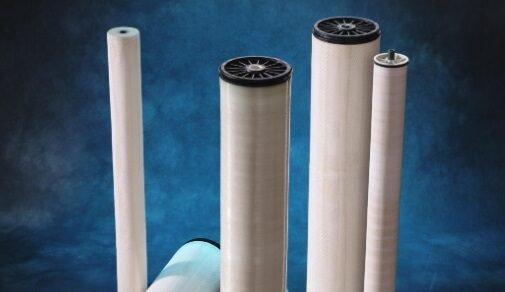With the popularity of water purifiers, many families have begun to buy the right water purifier for them, but they are always plagued by various terms in various industries, such as nanofiltration membrane and reverse osmosis membrane. What is the difference between the two?
Nanofiltration Membrane (NF)
The filtration precision is 0.001 micron, one of the main features of NF membrane is that the membrane body is charged, and it mainly removes solute particles with a diameter of about 1 nanometer, so it is named as “nanofiltration membrane”. Nanofiltration membrane is mostly derived from reverse osmosis membrane, but compared with reverse osmosis, its operating pressure is lower, so nanofiltration is also known as “low-pressure reverse osmosis”.
Reverse osmosis membrane
The filtration accuracy is 0.0001 micron. Under the action of higher than the osmotic pressure of the solution, only water molecules are allowed to pass through, other substances can not pass through the RO membrane, thus separating these substances from water. Reverse osmosis membranes have a very small pore size, so they are effective in removing dissolved salts, colloids, microorganisms, and organic matter from the water. in water. It has the advantages of good water quality, low energy consumption, no pollution, simple process, easy operation and so on.
Differences between NF and RO
1. Different filtration precision
The filtration precision of nanofiltration membrane is between reverse osmosis membrane and ultrafiltration membrane, and the molecular weight of organic matter that can be retained is around 200~400. Reverse osmosis is the tip of the membrane liquid separation technology, which can retain all soluble salts and organic matter with molecular weight greater than 100. Due to the high filtration precision, it can filter out bacteria and various impurities in water.
- Different pore sizes
The pore size of nanofiltration membrane is larger than 1 nm, generally 1-2 nm, which can intercept substances larger than 0.001 micron; the pore size of reverse osmosis membrane is between 0.1-0.7 nm, which can intercept substances larger than 0.0001 micron.
- Different materials
Nanofiltration membrane materials are made from a variety of materials, such as cellulose acetate, cellulose acetate – triacetate, sulfonated polysulfone, sulfonated polyethersulfone, aromatic polyamide composites, inorganic materials and so on. Reverse osmosis membrane is mainly made of cellulose acetate, polyamide or two or more materials.
- Desalination rate is different.
Nanofiltration system adopts wrong flow filtration, desalination rate between 80-90%, mainly used for the concentration and purification of macromolecular substances. Reverse osmosis technology has a desalination rate of 99.5%, which can effectively retain all dissolved salts and various organic substances with molecular weights greater than > 100, while allowing small molecule groups to pass through.
- Produces different proportions of “wastewater”.
Reverse osmosis and nanofiltration purify water by pressurizing and energizing it. However, due to the difference in membrane modules in reverse osmosis technology, the wastewater produced by reverse osmosis is 1:2-1:3, while the wastewater produced by nanofiltration is 1:1. Reverse osmosis produces a much larger proportion of wastewater.
- Different uses
Nanofiltration membrane is used in environments that require slightly lower filtration precision, and is generally used for water softening, desalination of micro-polluted seawater, and the manufacture of industrially pure water. Reverse osmosis membrane is generally used for the manufacture of domestic pure water, industrial ultrapure water and medical ultrapure water.
So we know that reverse osmosis membrane is currently the fastest growing membrane separation technology, the highest degree of promotion of a water treatment technology, reverse osmosis membrane technology has a lot of advantages, which not only can be highly efficient anti-pollution, but also a longer service life. So what are the application areas of reverse osmosis membrane?
What are the application areas of reverse osmosis membrane?
Reverse osmosis membrane application areas: pure water and ultrapure water preparation. In industry, the main use of reverse osmosis membrane has three, the first is the same as desalination use, the second role is used for decolorization use, the last use is used to remove impurities.
Reverse osmosis membrane application field two: industrial wastewater treatment. With the rapid development of China’s industry, the daily production of industrial wastewater is also very large, if not treated on the discharge will be a serious threat to the surrounding environment, but also jeopardize human health, so the need for industrial wastewater for zero discharge treatment. Reverse osmosis membrane is widely used in zero-discharge equipment, mainly used as a power plant cycle discharge sewage treatment, printing and dyeing wastewater treatment and so on.
Reverse osmosis membrane application field three: brackish water desalination. Brackish water is a kind of natural water and surface water with high salt content. Because of the characteristics of high salt content, so can not directly apply the bitter salt water directly to the production of agriculture and industry as well as people’s drinking water, must need to go through the reverse osmosis membrane desalination treatment before being able to apply.
Reverse osmosis membrane application areas: municipal sewage treatment. Municipal wastewater treatment in depth generally speaking, the source of water is to sewage treatment plant secondary discharge and tertiary discharge is also the main application of reverse osmosis on these municipal wastewater for the final desalination treatment, will be in the wastewater COD and BOD as well as some trace organic matter and heavy metal ions detached from the removal process, the effluent quality of the water to meet the standards of drinking water.
Reverse osmosis membrane application field V: food processing. Mainly used for dairy products, fruit juice, wine processing.
Reverse osmosis membrane application field six: seawater desalination. Reverse osmosis seawater desalination technology has a lot of points, including equipment investment costs, and low energy consumption, short construction cycle and so on. With the world’s increasingly scarce freshwater resources, the world have to use reverse osmosis membrane desalination of seawater is one of the important way.
Reverse osmosis membrane application field seven: household water purification. Mainly used in a variety of household water purifier, hospitals, laboratories, pure water devices and other small systems.
Reverse osmosis membrane application field 8: biological pharmaceutical water. Polymer membrane as the core component of the separation process, widely used in the pharmaceutical industry in the preparation of pure water, protease and vaccine separation, concentration and refining and so on.


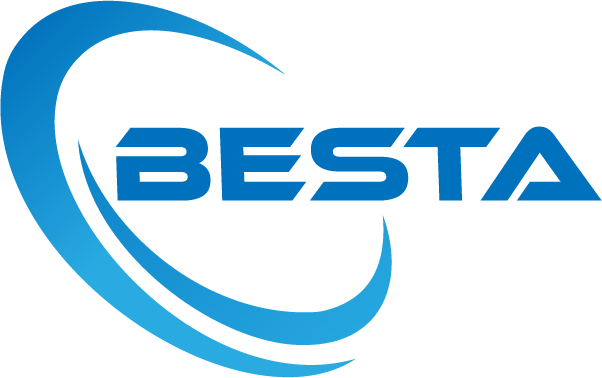
 MBR Membrane
MBR Membrane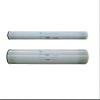 Reverse Osmosis Membrane
Reverse Osmosis Membrane Residential Ro Membrane
Residential Ro Membrane UF Membrane
UF Membrane Water Treatment Plant
Water Treatment Plant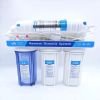 Residential Ro Machine
Residential Ro Machine Brackish Ro System
Brackish Ro System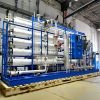 Sea water system/SW RO plant
Sea water system/SW RO plant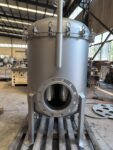 Bag Filter
Bag Filter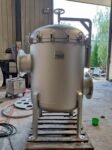 Cartridge Filter
Cartridge Filter Commercial Water Filtration System
Commercial Water Filtration System Membrane Cleaning System(CIP)
Membrane Cleaning System(CIP)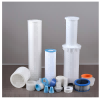 Consumables Accessories
Consumables Accessories